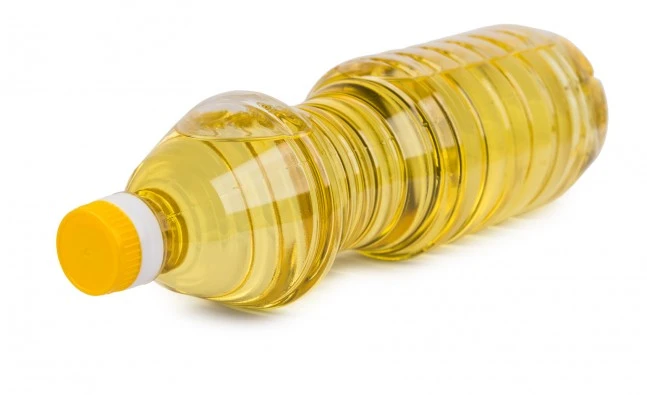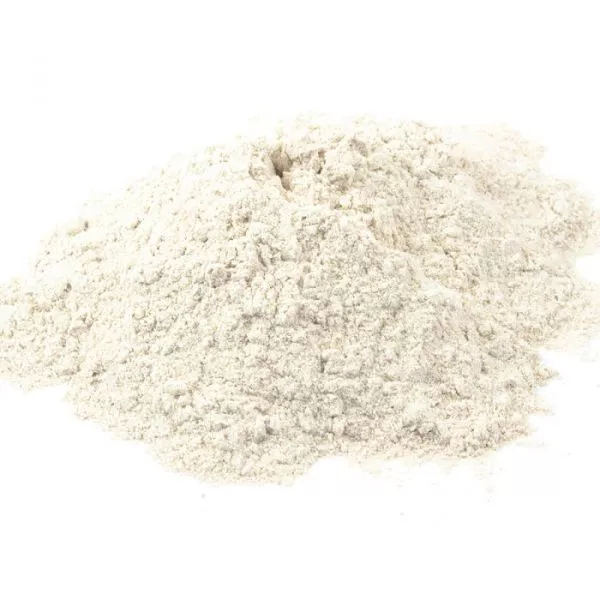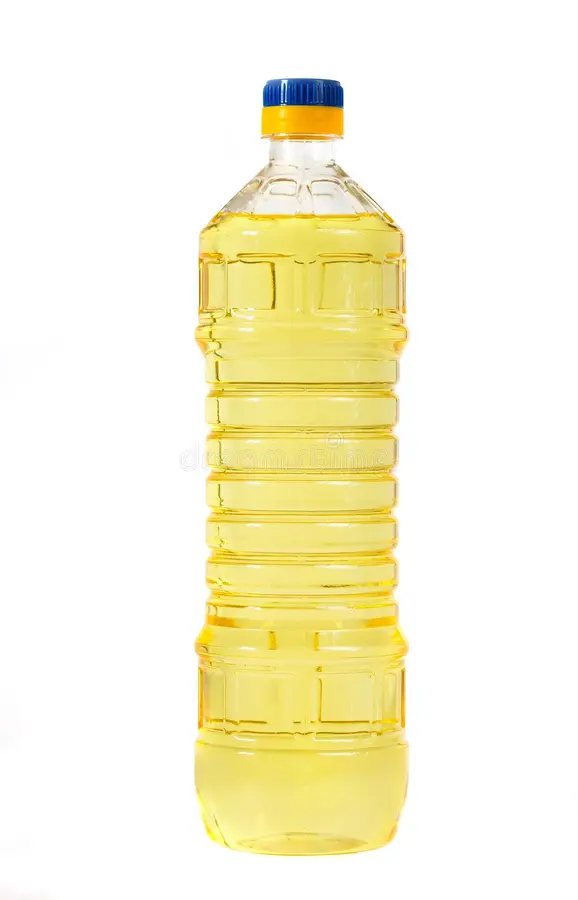Butter Oil
|
IUPAC Name |
: Hexadecanoic Acid |
|
Cas Number |
: 1340-00-7 |
|
HS Code |
: 0405.90.10 |
|
Formula |
: CnH2nO |
Basic Info
|
Appearance Name |
: Yellow semi solid |
|
Common Names |
: Clarified Butter |
|
Packaging |
: Barrel 190 kg |




